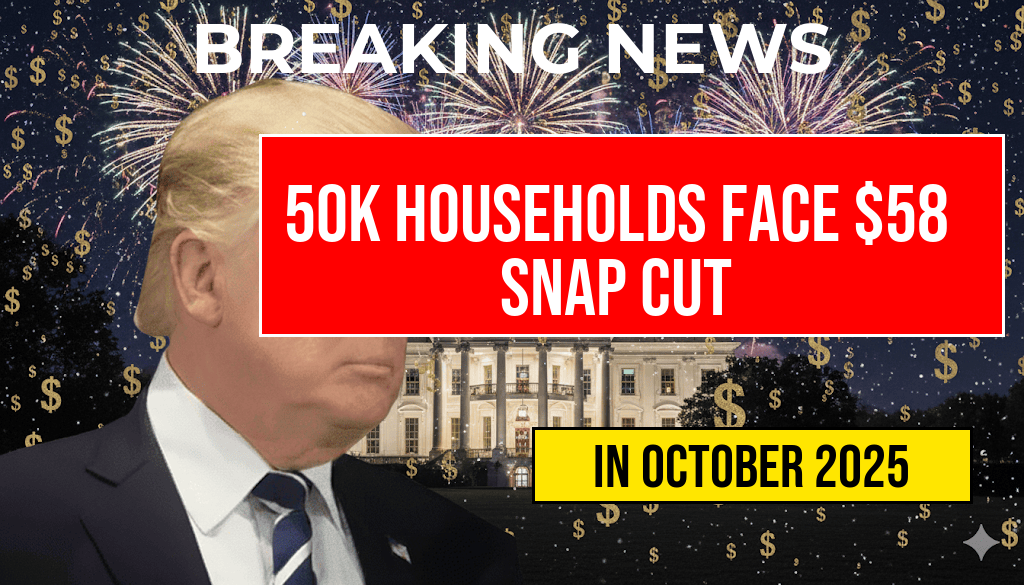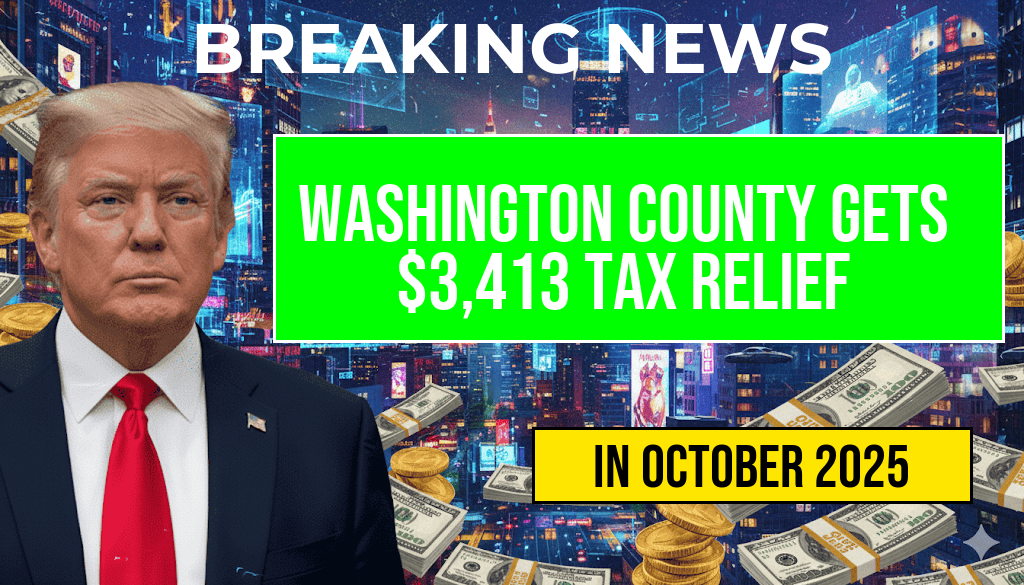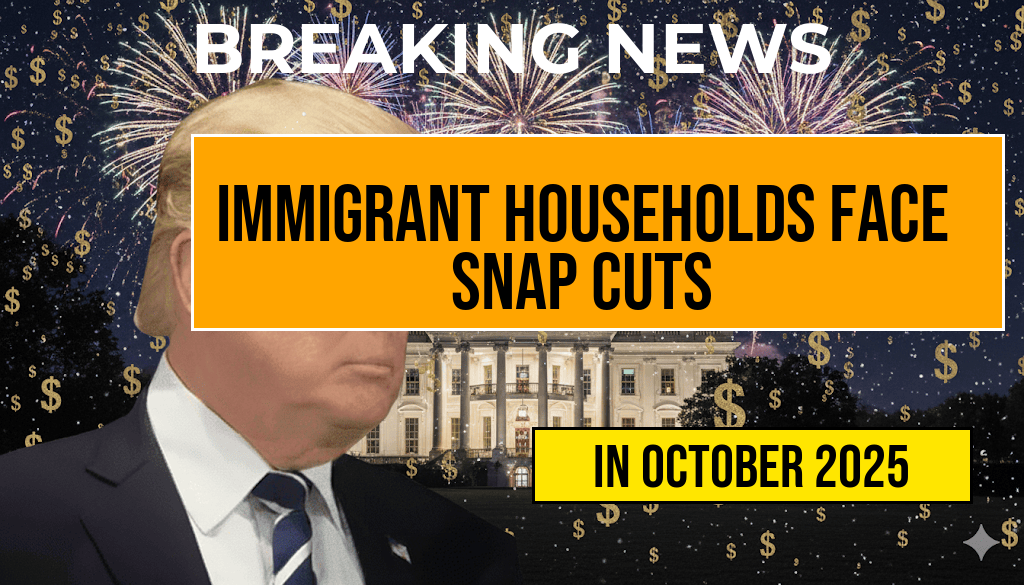Beginning this November, approximately 50,000 households across the United States will experience an average reduction of $58 per month in their Supplemental Nutrition Assistance Program (SNAP) benefits. This adjustment stems from recent federal policy changes tied to inflation adjustments and budget recalibrations. For many recipients, this reduction could significantly impact their ability to purchase nutritious food, raising concerns among advocates and policymakers about food security and economic hardship during an already challenging period. The decrease marks a notable shift in SNAP allocations, which have historically fluctuated in response to economic conditions, but for many families, it will translate into tighter monthly budgets and increased financial strain.
Understanding the SNAP Benefit Reduction
Background on SNAP and Policy Changes
The Supplemental Nutrition Assistance Program (SNAP) is the largest federal assistance program aimed at reducing food insecurity among low-income Americans. Administered by the U.S. Department of Agriculture (USDA), SNAP benefits are provided via electronic benefit transfer (EBT) cards, which recipients use to purchase food at authorized retailers.
The recent benefit reduction aligns with changes enacted through federal legislation that adjusts benefit levels based on inflation and other economic indicators. Under the Consolidated Appropriations Act of 2023, SNAP benefit amounts for some recipients are being recalibrated to reflect updated income and household size data, resulting in an average decrease of about $58 per month for affected households.
Impact on Households and Food Security
The reduction affects households classified as having incomes near the eligibility threshold, often including seniors, individuals with disabilities, and families with children. For these households, the decreased benefits could lead to increased reliance on local food banks, community programs, or other forms of assistance. Experts warn that such cuts risk exacerbating food insecurity, especially as inflation continues to challenge household budgets.
| Number of Households Affected | Average Monthly Reduction | Total Monthly Reduction (Estimated) |
|---|---|---|
| 50,000 | $58 | $2,900,000 |
Federal and State Responses
Policy Justifications and Concerns
Federal officials emphasize that the benefit adjustment is a routine measure designed to ensure the program remains financially sustainable and aligned with economic realities. A USDA spokesperson stated that “these revisions are part of ongoing efforts to maintain program integrity while adapting to economic shifts.” However, advocacy groups argue that the timing and scale of the cuts could undermine efforts to combat food insecurity during a period marked by rising living costs.
States and Localities’ Role
States administer SNAP benefits, and some have expressed concern over the immediate impact of the reductions. Several state agencies are monitoring the situation closely, with some exploring ways to mitigate the effects through supplemental programs or increased outreach. For instance, California and New York have announced initiatives aimed at providing additional resources to vulnerable populations, although these measures are not federally mandated.
Broader Economic Context
Inflation and Rising Food Prices
The upcoming benefit reduction occurs amidst persistent inflation and escalating food costs. According to the USDA’s Economic Research Service, food prices have increased by over 10% in the past year, placing additional pressure on low-income households. Many families are forced to make difficult choices between nutritious food and other essentials like housing and healthcare.
Meanwhile, the U.S. Bureau of Labor Statistics reports that overall inflation remains elevated, further complicating efforts to stabilize household finances. These economic pressures underscore the importance of social safety net programs like SNAP, which act as a critical buffer during economic downturns.
Potential Policy Responses and Future Outlook
Advocates are calling for increased federal investment in nutrition assistance programs to counteract the effects of benefit reductions. Some policymakers stress the need for targeted support, especially for vulnerable groups most affected by the cuts. Discussions around expanding or supplementing SNAP benefits are ongoing in Congress, with proposals to enhance food security measures gaining traction amid broader debates on social welfare policies.
As the nation navigates these changes, community organizations and local governments are urged to strengthen outreach and support services, helping households access available resources during this transitional period.
Resources for Affected Households
- SNAP Contact Information: Visit the USDA’s official site at https://www.fns.usda.gov/snap/contact for assistance and inquiries.
- Local Food Banks: Find nearby food assistance programs via Feeding America at https://www.feedingamerica.org/find-your-local-foodbank.
- Additional Support Programs: Explore state-specific resources for nutrition and financial aid on your state’s social services website.
As millions of Americans prepare for the upcoming changes in SNAP benefits, awareness and proactive engagement remain essential. Understanding the scope of these adjustments and available support networks can help mitigate the adverse effects of the reductions and ensure continued access to vital nutrition assistance during a period of economic uncertainty.
Frequently Asked Questions
What is the reason for the SNAP reduction in November?
The SNAP reduction is due to a scheduled federal policy change that decreases benefit amounts starting this November, impacting approximately 50,000 households.
How much will the SNAP benefits be reduced?
Eligible households will see a $58 decrease in their monthly SNAP benefits beginning this November.
Which households are affected by this SNAP reduction?
About 50,000 households across the region will experience this benefit reduction, primarily those currently receiving the maximum or near-maximum SNAP assistance.
Will there be any assistance or resources available to affected households?
Community organizations and local agencies may offer support services and resources to help households manage the reduction, including nutrition assistance programs and financial counseling.
Is this SNAP reduction a temporary change or permanent?
The $58 reduction is part of a temporary policy adjustment linked to federal decisions; future changes depend on policy updates and economic conditions.







